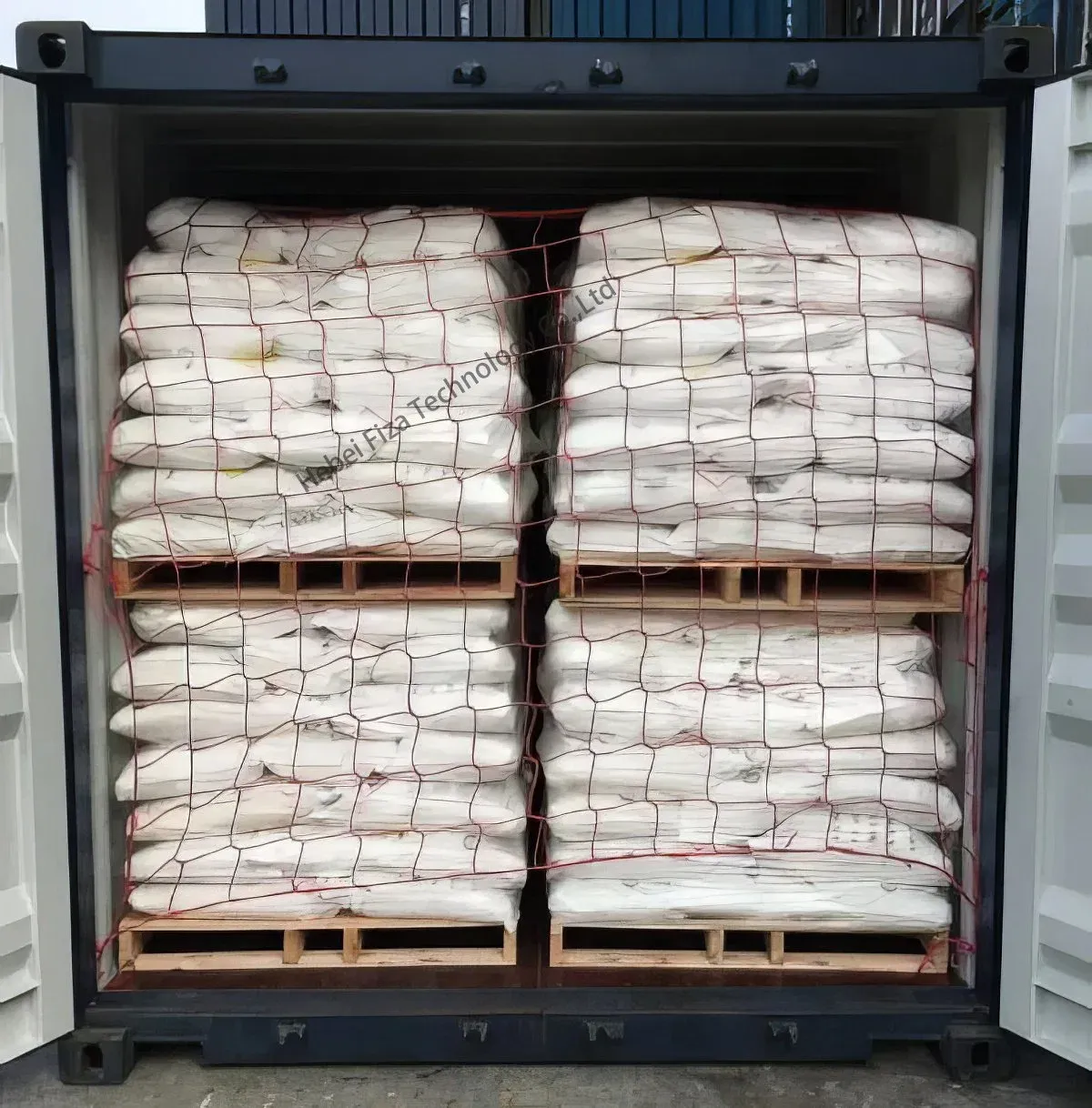



Understanding the pH Levels of Sodium Hydroxide Solutions
Understanding the Relationship Between NaOH and pH Levels
Sodium hydroxide (NaOH) is a strong base that plays a crucial role in various industrial and laboratory processes. Understanding the relationship between NaOH concentration and pH levels is essential for many applications, including chemical manufacturing, water treatment, and even household cleaning. This article aims to explore this relationship, how NaOH affects pH, and its implications.
The Basics of pH
pH is a measure of the acidity or basicity of a solution. On the pH scale, which ranges from 0 to 14, a pH of 7 is considered neutral. Values below 7 indicate acidic conditions, while values above 7 indicate basic or alkaline conditions. The pH scale is logarithmic; thus, each whole number change on the scale represents a tenfold change in hydrogen ion concentration. This means a solution with a pH of 4 has ten times the hydrogen ions of a solution with a pH of 5.
The Role of NaOH in pH Management
Sodium hydroxide, when dissolved in water, dissociates completely into sodium ions (Na⁺) and hydroxide ions (OH⁻). The presence of hydroxide ions is key to increasing the pH of a solution. The more OH⁻ ions present, the higher the pH will be, indicating a more basic solution.
For example, when one adds NaOH to water, the increase in hydroxide ions decreases the concentration of hydrogen ions (H⁺) in the solution. Since pH is inversely related to the concentration of hydrogen ions, an increase in hydroxide ion concentration leads to a higher pH value.
Calculating pH from NaOH Concentration
To understand the mathematical relationship, consider a scenario where you dissolve sodium hydroxide in water. If you were to add 0.1 M NaOH to water, the concentration of OH⁻ ions would be 0.1 M. To calculate the pH of this solution, you can first determine the pOH.
pOH is calculated using the formula
\[ \text{pOH} = -\log[\text{OH}⁻] \]
For 0.1 M NaOH
naoh ph

\[ \text{pOH} = -\log(0.1) = 1 \]
Since pH and pOH are related by the equation
\[ \text{pH} + \text{pOH} = 14 \]
We can find the pH as follows
\[ \text{pH} = 14 - 1 = 13 \]
Thus, a 0.1 M NaOH solution has a very high pH of 13, indicating strong basicity.
Implications of High pH
High pH levels from sodium hydroxide solutions can have significant implications. In industrial settings, NaOH is used for neutralizing acidic solutions and is vital in processes such as soap making, petrochemical refining, and the production of paper. In water treatment, maintaining appropriate pH levels is crucial for removing heavy metals and other contaminants.
However, it's important to handle NaOH with care. Due to its strong basicity, NaOH can cause severe chemical burns and damage to materials if used improperly. When working with sodium hydroxide, it’s essential to wear appropriate personal protective equipment and follow safety procedures.
Conclusion
In conclusion, the relationship between sodium hydroxide and pH levels reveals the importance of basic solutions in various chemical processes. By understanding how NaOH increases pH, professionals can effectively utilize it for industrial applications while ensuring safety standards are met. Whether in a lab, an industrial plant, or at home, the knowledge of how to manage the pH of solutions is integral to successful and safe chemical handling.
-
Why Sodium Persulfate Is Everywhere NowNewsJul.07,2025
-
Why Polyacrylamide Is in High DemandNewsJul.07,2025
-
Understanding Paint Chemicals and Their ApplicationsNewsJul.07,2025
-
Smart Use Of Mining ChemicalsNewsJul.07,2025
-
Practical Uses of Potassium MonopersulfateNewsJul.07,2025
-
Agrochemicals In Real FarmingNewsJul.07,2025
-
Sodium Chlorite Hot UsesNewsJul.01,2025










